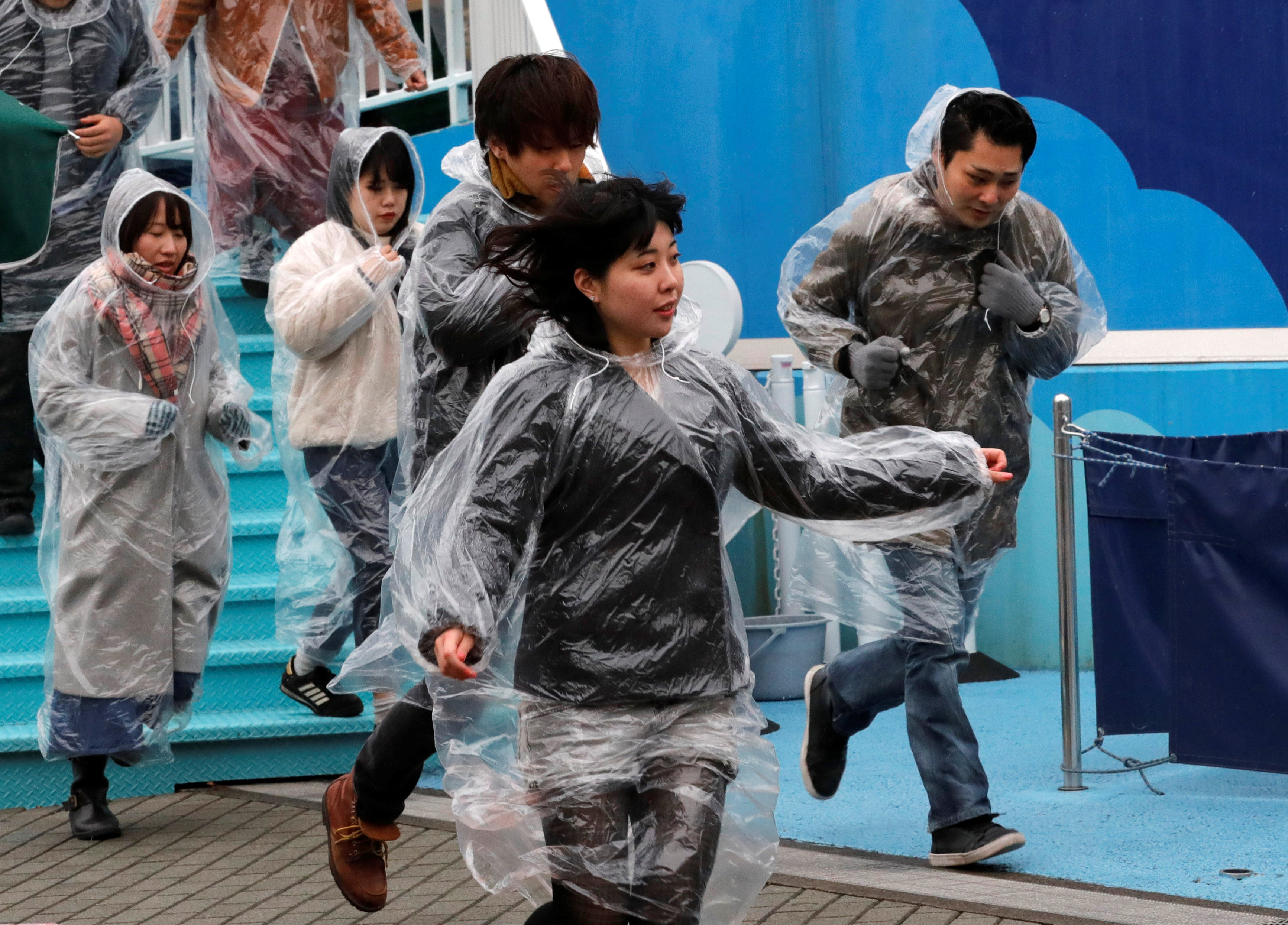
TOKYO (Reuters) – Pyongyang appears to be developing warheads to penetrate a ballistic missile shield defending Japan, the country’s defense chief said on Tuesday, pointing to the irregular trajectories of the latest missiles launched by North Korea.
Defence Minister Takeshi Iwaya told a news conference that Japan believes the rockets were a new short-range ballistic missile, according to a ministry spokesman who confirmed his comments carried by domestic media.
Recent short-range missile tests by Pyongyang have stoked alarm in neighboring Japan even as U.S. President Donald Trump has dismissed the launches as unimportant.
Saturday’s test firings came a day after Seoul said it was ending a military intelligence-sharing pact with Tokyo, amid a worsening spat over wartime forced labor.
Iwaya and other Japanese officials called Seoul’s decision “irrational” as the threat posed by North Korea grows.
Japan and the United States have Aegis destroyers deployed in the Sea of Japan armed with interceptor missiles designed to destroy warheads in space. Japan also plans to build two land-based Aegis batteries to bolster its ballistic missile shield.
Those defense systems, however, are designed to counter projectiles on regular and therefore, predictable, trajectories, and any variation in flight path would make interception trickier.
Detailed analysis of the latest North Korean launches was underway with the United States, an official of South Korea’s defense ministry said on Tuesday.
(Reporting by Tim Kelly in Tokyo; Additional reporting by Hyonhee Shin in Seoul; Editing by Clarence Fernandez)



